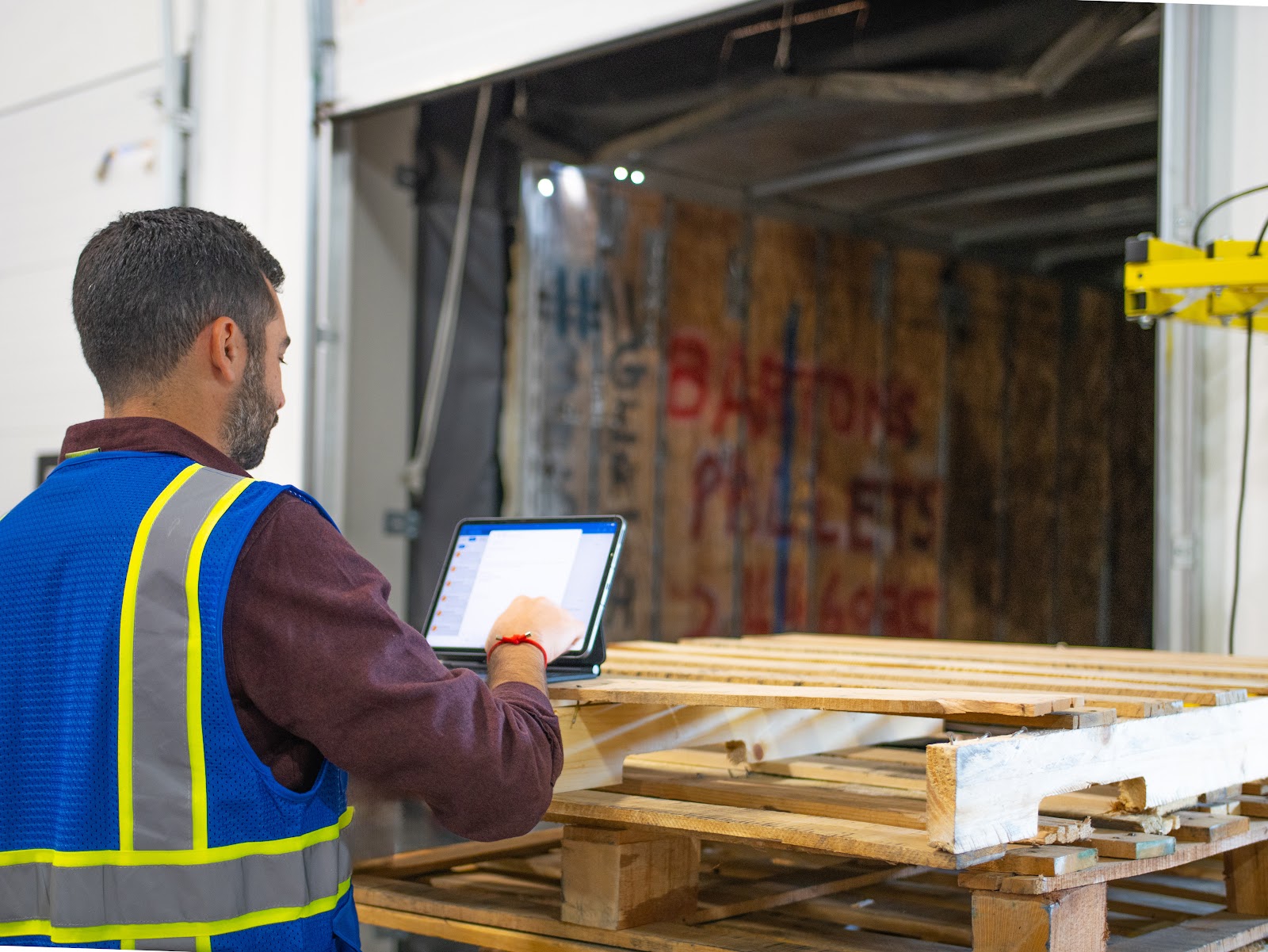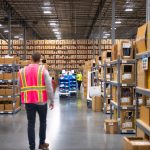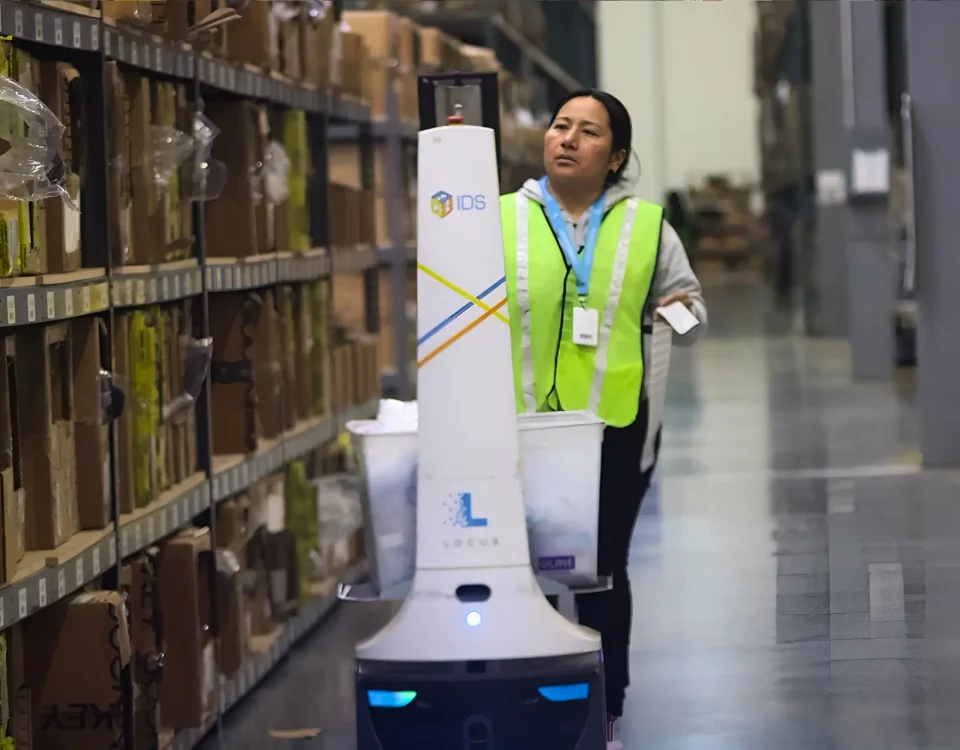Customers expect fast, accurate, and hassle-free delivery—and they don’t hesitate to switch brands when fulfillment falls short.
Studies show that 67% of shoppers prioritize fast shipping, and over half say they are less likely to reorder after a poor delivery experience.
A slow or unreliable fulfillment process isn’t just a minor inconvenience—it directly impacts customer satisfaction, trust, and long-term revenue.
This blog explores how improving order fulfillment speed helps retain customers, why delays drive them away, and what businesses can do to optimize shipping efficiency.
Why Improving Order Fulfillment Speed Matters More Than Ever
Fast fulfillment is no longer a nice-to-have—it’s a must. With major retailers setting new expectations for same-day and next-day shipping, businesses that can’t keep up risk higher cart abandonment rates, more cancellations, and declining retention.
Many fulfillment delays happen before shipping even begins. These issues create operational inefficiencies and frustrate customers, leading to lost revenue and lower retention rates. The most common causes of slow fulfillment include:
- Delays in order processing that cause shipments to get stuck before they even leave the warehouse.
- Inefficient inventory placement that forces workers to spend extra time picking and packing items.
- Unrealistic delivery estimates that set false expectations, leading to negative reviews because orders arrive late.
If these fulfillment challenges aren’t addressed, customers quickly lose trust and take their business elsewhere. Every delay in processing, warehouse management, or shipping can result in lower retention and long-term revenue loss.
To keep up, you must optimize every stage of fulfillment—from order placement to last-mile delivery by:
- Automating order processing to speed up verification, picking, and packing.
- Improving inventory positioning by storing high-demand items closer to key customer locations.
- Leveraging regional fulfillment centers to reduce transit times and cut shipping costs.
Customers don’t wait for slow deliveries. When fulfillment is fast and reliable, they’re more likely to come back—and spend more.
How Slow Fulfillment Hurts Customer Retention
When you fail to meet shipping expectations, trust erodes, frustration builds, and retention drops. A single negative delivery experience can turn a first-time buyer into a lost customer.
Customers leave for many reasons, but slow fulfillment is a top contributor to churn. Here are the most common ways it drives customers away:
- Missed delivery estimates break trust and make customers hesitant to order again.
- Higher return and cancellation rates increase costs and drive down revenue.
- Negative brand perception discourages future customers from trying your brand.
A slow or inconsistent fulfillment process doesn’t just cause a minor inconvenience—it damages long-term brand loyalty. When customers repeatedly experience shipping delays, they are less likely to make repeat purchases and more likely to leave negative feedback.
To prevent fulfillment-related churn, you need to proactively monitor and optimize shipping performance by:
- Tracking fulfillment KPIs like shipping speed, order accuracy, and on-time delivery rates.
- Identifying warehouse inefficiencies that cause delays and address bottlenecks.
- Providing realistic delivery timelines to set accurate customer expectations.
A fast, predictable fulfillment process isn’t just about moving packages—it’s about creating a seamless customer experience that builds loyalty.
The Link Between Fulfillment Speed & Customer Lifetime Value (LTV)
Customer lifetime value (LTV) is a direct measure of a brand’s ability to keep customers coming back. If fulfillment is slow or inconsistent, customers hesitate to place repeat orders, and revenue per customer declines.
When fulfillment is unreliable, you’ll often see these negative impacts on customer retention, including:
- Lower repeat purchase rates when customers experience long wait times.
- Declining brand loyalty as shoppers turn to competitors with better shipping options.
- Missed upsell and cross-sell opportunities when poor fulfillment prevents long-term engagement.
A seamless fulfillment process encourages repeat purchases and brand loyalty, increasing revenue per customer over time. If customers can rely on fast and predictable delivery, they are more likely to place additional orders and recommend the brand to others.
To increase LTV and encourage repeat purchases, you must make fulfillment a priority by:
- Offering fast-shipping incentives to reward repeat customers with priority processing.
- Optimizing fulfillment for subscriptions & reorders to ensure consistent, on-time delivery.
- Using customer feedback on fulfillment performance to identify and fix recurring issues.
The faster and more seamless the fulfillment process, the more confident customers feel about placing future orders—driving higher retention and long-term revenue.
Fast, reliable fulfillment keeps customers coming back. Optimizing order processing, inventory management, and shipping speed strengthens customer trust and increases long-term revenue.
Customers expect fast delivery—businesses that meet these expectations gain loyalty, while those that don’t lose customers to competitors. This is because the best fulfillment operations don’t rely on guesswork. They identify weak points, track performance relentlessly, and fine-tune every step of the process.
If you’re serious about removing inefficiencies, improving order fulfillment speed, and ensuring your 3PL is operating at peak performance, download the checklist, “How to Cut Delays, Speed Up Orders & Keep Customers Happy.” It will give you the exact playbook to evaluate where fulfillment bottlenecks exist and how to fix them. Download now.












